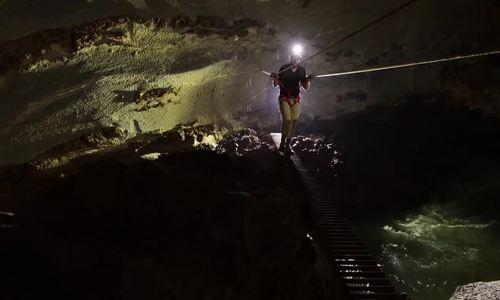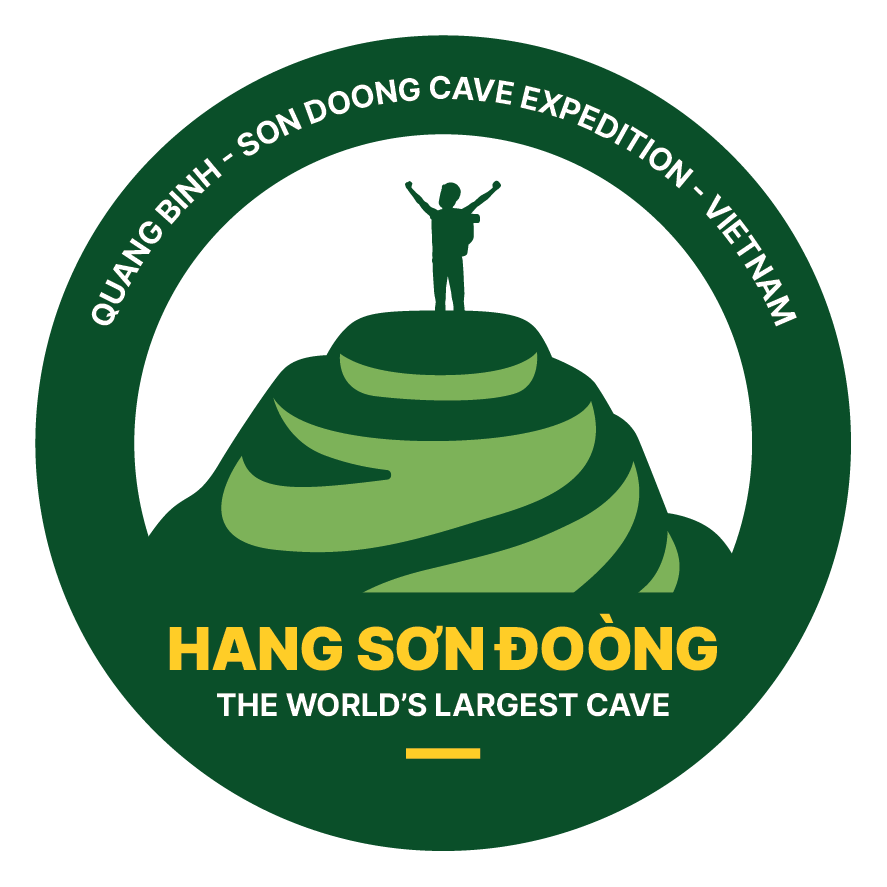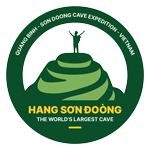Americans have comprised the largest continent of visitors to the Son Doong Cave in 2018.
Of 873 visitors who have joined the restricted tours to explore Son Doong, the world’s largest natural cave, in the first eight months of the year, 290 were Americans.
Vietnamese were next with 154, followed by Australians with 76, according to Oxalis, the travel agency that has exclusive rights to host the tour.
Oxalis said the Son Doong cave will be closed to tourists from September until the year-end to allow for restoration of cave ecosystem.
The four-month closure of the cave aims to minimize impacts on the cave’s ecosystem including its flora and fauna. It also aims to minimize water pollution inside the cave.
Tours to the largest cave in the world has reduced its original duration of six days and five nights to four days and three nights, and the number of tourists allowed to take them has been doubled.
Son Doong, part of the Phong Nha-Ke Bang National Park in central Vietnam, has hogged the international spotlight since its opened to tourists in 2013.
The New York Times has named it among the world’s top eight travel destinations, while the National Geographic has it a “natural wonder” in Asia.
The cave opened to tourists in 2013, four years after members of The British Vietnam Caving Expedition Teamfinished their exploration and declared it the world’s largest.
Local resident Ho Khanh first discovered the cave in 1991, and rediscovered it almost 20 years later, opening it up for exploration.

Phong Nha-Ke Bang National Park in Quang Binh Province is one of the country’s largest national parks. Photo by Michael Tatarski
Oxalis is now the only company licensed to bring tourists through Son Doong. A four-day expedition costs $3,000, and there are bus routes running from Hanoi to Dong Hoi, the capital town of Quang Binh, and then to the park.
Quang Binh Province government recently has raised the limit for number of tourists allowed to visit the cave from 640 to 900.
The province has over the past years proposed several developments, including a cable car system to boost tourism in the area, but these have met with strong opposition from environmentalists and the public.



